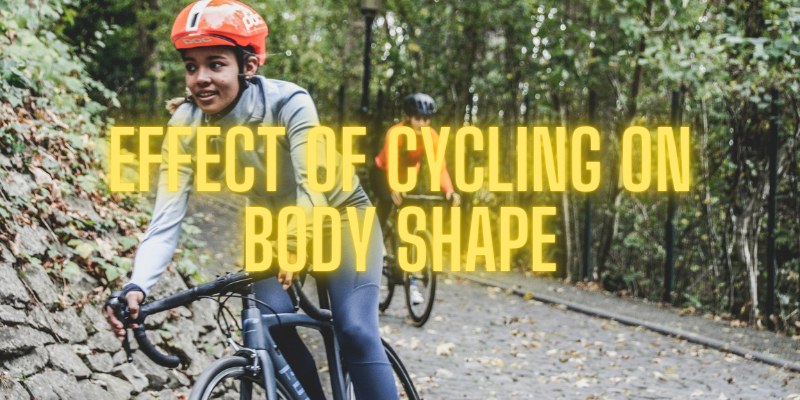When people first take up cycling, they are usually riddled with questions about how this leg-dominant sport will impact their body shape. Most common queries are related to weight loss and stacked legs: Does cycling means I’ll have big legs? Will it make me lose weight quickly?
While there are numerous health benefits of cycling, from improved brain power to better heart health, it impacts your body shape, too – but probably not how you think! Moreover, this low-impact full-body workout affects male and female bodies differently.
To find out how cycling shapes your body, keep reading!
General Effect of Cycling on Body Shape
Before I discuss how cycling affects your body shape, let me clarify that all bodies are unique. Therefore, the level of impact based on the intensity of the workout will determine how your body changes with regular cycling.
However, cycling alone cannot significantly change your bodily appearance. To tone down your body, you must add strength training to your workout routine. That said, cycling is an excellent exercise that engages all of your muscles (some more than others) to burn fat and build endurance.
If you cycle regularly, it can change your body over time. Here’s how:
Helps Lose Weight
Cycling can help in weight loss, especially when done at high intensity. According to research, when cycling is included in a workout regime with other exercises like strength training, it can increase your metabolism temporarily. This metabolic rate boost means you will burn more body fat, even while resting.
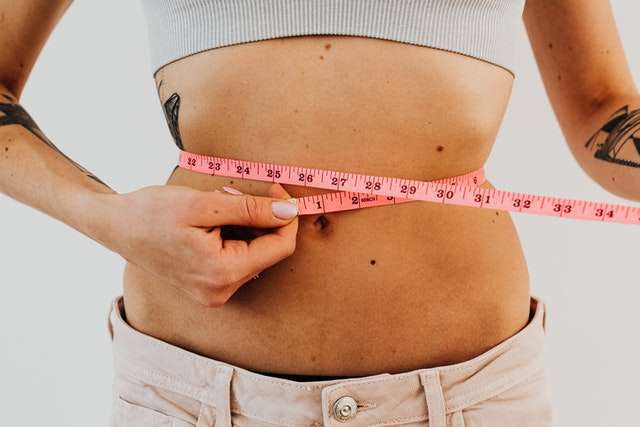
However, how much weight you lose due to cycling (if at all) depends on several other factors. Your gender (more on this later), your diet, and the kind of cycling you have taken up all play a pivotal role in how many pounds you shed. To lose weight, you need to maintain a caloric deficit. If you keep an eye out for what you eat, cycling can be an excellent way to burn calories and lose weight.
Moreover, since cycling is a low-impact aerobic exercise, it is easier to keep up regularly. You can burn around 300 calories with an hour of moderately-paced pedaling and even more if you increase the speed. However, the number of calories burned will also depend on your weight.
All in all, you can aid gradual weight loss while cycling if you maintain a calorie deficit. But, be careful! Many times when people exercise for weight loss, they end up eating more. Thus, it is good practice to eat to support high-intensity workouts and maintain a caloric defect on your break days.
Related post: How long does it take to bike 10 miles
Aids Lower Body Muscle Mass Gain
Pedaling on your bike is an excellent form of resistance training. For example, when cycling up a hill, you will often feel a burning sensation in your lower body; this is a good thing since you gain muscle mass from what you lose in body fat. And, because your lower body is doing most of the work in trying to get the pedals moving, you gain muscle mass first.
Thus, resistance training while cycling helps strengthen lower body muscles like your hamstrings, glutes, hips, and calf muscles; It also improves their function. More muscle mass means more definition in your lower body muscle groups.

Remember that cycling at a leisurely pace on a flat surface will likely not add much muscle definition. Moreover, the terrain and cycling speed will play a role in how efficient a workout is for muscle development. Therefore, you might consider indoor cycling if you wish for more consistent training.
Indoor cycling allows you to ramp up and rig down the resistance as you like, so it stabilizes various factors enabling you to curate a cycling workout routine that suits you.
Related post: Average cycling speed by age
Shapes and Strengthens Legs
Leg muscles do most of the work when it comes to cycling. Thus, it’s no surprise to see most muscle definition there. However, while your legs strengthen and shape as you cycle regularly, the results are not the same for everyone.
For example, track cyclists have much bulkier legs than long-distance cyclists. That’s because apart from cycling, track cyclists also include rigorous strength training in their exercise routine.

In contrast, long-distance cyclists focus more on endurance training. Thus, instead of lifting heavy weights at the gym, they work on developing aerobic cells at low intensity to boost their cardiovascular fitness and stamina.
Therefore, regular cycling will definitely help muscle toning, but strength training is vital for big thigh muscles and a bulkier leg shape on the whole.
Tones Arm Muscles
Many people think of cycling as only a lower body workout when that is actually not true. While pedaling a cycle consistently will have the most impact on the lower body muscles, it works the upper body too.
You use your arm and shoulder muscles to keep yourself balanced when you ride a bike—holding the handlebars tones your arms and shoulders to varying degrees, depending on the activity level.

Supporting your upper body on the cycle and pressing the brakes for longer durations exercises your arm muscles as you would in the gym. For example, pressing the brakes often will define forearms similarly to using spring clamps in the gym.
Biking styles also determine how your upper body muscle will tone.
In road biking, you naturally crouch when riding, so you use more arm strength to keep yourself seated on the bike than you would to keep your body upright. In mountain biking, the often bumpy terrain will require a firmer grip on the handlebars.
However, no biking style can tone your arms muscles faster than extreme riding. In this extreme style of biking, you maneuver the handlebars more than you would otherwise, which works and tones the upper body muscles.
Related post: Exercise Bike vs Spin Bike
Strengthens the Core Muscles
Cycling can also help strengthen core muscles. An excellent core workout, cycling enables you to train your back and stomach muscles to keep your body balanced while riding.
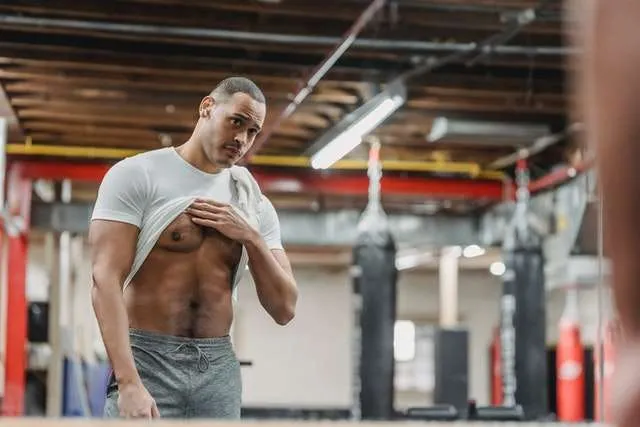
As these major muscle groups in the abdomen increase in strength, you will find it easier to ride your bike for longer periods, which will ultimately help in burning calories and losing weight.
Mind you, strengthening and engaging your core while cycling is not the same as reducing belly fat. Yes, cycling aids weight loss, but you cannot spot reduce. Your entire body needs to get in shape to lose belly fat.
Effect of Cycling on Body Shape – Male
At the beginning of this article, I talked about how cycling works differently on a male body shape than on a female. The good news for men is that they may be able to see their cycling body transformation much earlier than women, and it all depends on the testosterone levels.
Since men have higher levels of testosterone in their bodies, they can lose fat and gain muscle much more quickly. The muscle gain in men is much more prominent because they usually have a broader skeletal frame than women.
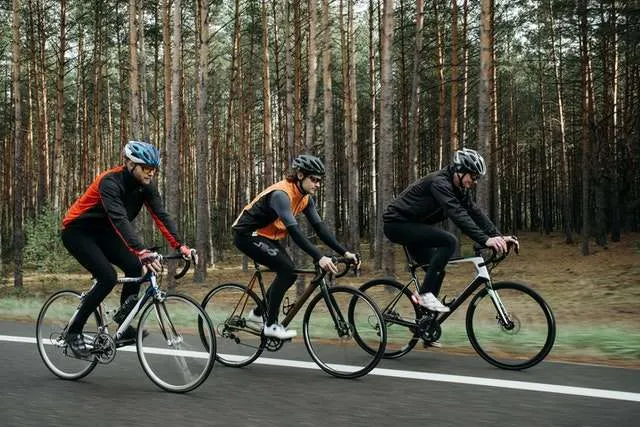
Therefore, you can see a noticeable difference in the amble body shape with consistent cycling in 3 to 4 months. After that, you can witness muscle development in your triceps, quadriceps, hamstrings, and calf muscles.
However, there may be exceptions. For example, some men have low testosterone levels, making it difficult to “bulk up.”
Related post: How many calories do you burn mountain biking
Effect of Cycling On Body Shape – Female
While women do not have to work out differently than men to transform their body shape, they react differently to regular cycling. As a result, you will ultimately see the weight loss and muscle gain from cycling on a female body, but it will be much later than in men. Why? Once again, the reasons are the hormones at play. Since women have higher estrogen levels, it is difficult for them to lose fat.
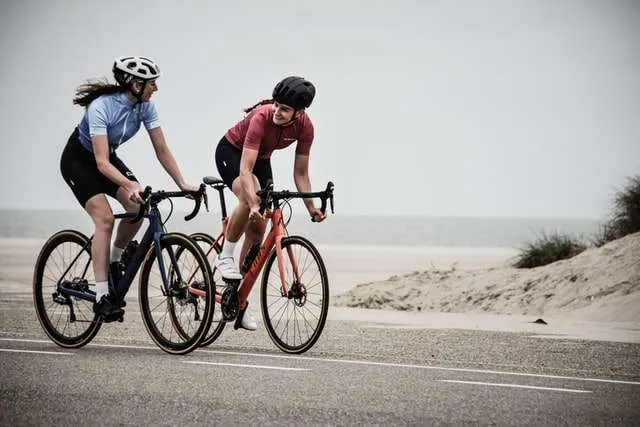
Women first have to work on losing fat and then gain muscle in its place. In addition, their natural body shape is traditionally leaner than men’s. Thus bulking up is not as easy. So, they may be able to gain muscles as quickly as men, but it won’t show in the same way because of the muscle size disparity between men and women. So, after 3 to 4 months of regular cycling, women may lose weight gradually and witness slight muscle definition.
However, some women have high testosterone levels, which allows them to tone their bodies by cycling just as quickly as most men.
Keep in mind that for both men and women, diet and activity level will play an essential role in much the body can transform with cycling.
Related post: Can cycling cause hemorrhoids?
Which Muscles Get Toned While Cycling?
I have already mentioned how cycling tones muscles from the entire body and not just the legs, as many people believe. Sure, the leg muscles like the hamstrings and quadriceps are usually defined the most while cycling. Still, you also engage various other muscles from your upper body to support yourself and stay upright on the bike.
Here are the major muscle groups that get toned with regular cycling.
Upper Body- Shoulder and Arm Muscles
Upper body muscles are essential to support the riders’ weight on the bike and keep them in a sitting position, especially if they are new to the sport. Your deltoids, triceps, and biceps all shape and strengthen as you bike.
Core- Abdominals and Back Muscles
Cycling is an excellent core workout as it engages these muscles as the rider balances himself. While cycling, you increase not only your stability but also tone your obliques, lower back, transverse, and rectus abdominal muscles.
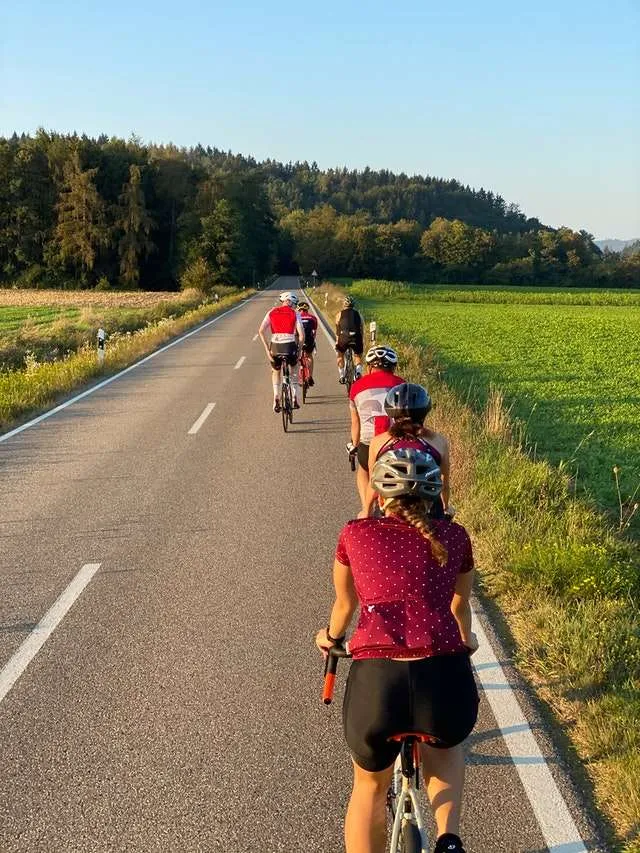
Lower Body – Thigh and Leg Muscles
Thigh and leg muscles work the hardest during cycling, which is why they are most defined.
In only a few months of regular cycling, you will significantly tone your glutes, hamstring, quadriceps, and calf muscles.
Running vs. Cycling: Body Transformation
When it comes to rapid body transformations, you may lean toward running than cycling. Since running is a high-impact full-body workout, it will help burn fat much faster than cycling. However, cycling is much easier to follow through and can be done for more extended periods. Therefore, while you may shed fat quickly with running, you can keep it off for longer with cycling.
The Bottom Line
Whether you take it up as a hobby or make it a part of your routine workout, cycling has tremendous benefits for the whole body. What’s great is that the advantages of cycling go well beyond physical fitness; it can be just as, if not more, beneficial for mental and heart health.
That said, cycling can be an excellent and enjoyable way to tone your body, and it can be done both indoors and outdoors. Cycling engages muscles from your whole body, not just the legs. With consistent effort, you can lose weight and tone your body while cycling.
Although, women will see these changes much later than men. Nonetheless, it is still a great full-body workout, which, combined with strength training and a healthy diet, can result in drastic changes in your body shape.

